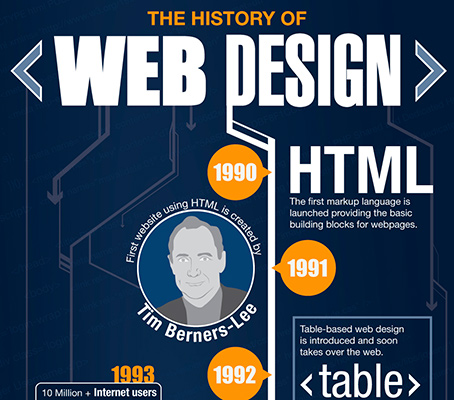Improving Customer Experience Via Website Design To Increase Conversions
Improving Customer Experience Via Website Design To Increase Conversions
Blog Article
Short Article Writer-Burris Chang
Have you ever before saw a site that took for life to lots, had a confusing navigation system, or didn't present correctly on your mobile phone? Possibilities are, you promptly deserted that site and went on to one that supplied a much better user experience.
In today's affordable on the internet landscape, it's important for organizations to prioritize website design that boosts user experience in order to drive better conversions. In this conversation, we will discover the significance of receptive design, the usage of instinctive navigating, and the optimization of page load speed to produce a seamless and interesting individual journey.
Stay tuned to uncover how these aspects can significantly affect your website's success.
Importance of Responsive Style
Responsive design is vital in today's digital landscape for creating websites that adapt flawlessly to different display dimensions and tools. When https://www.jumpfly.com/blog/3-seo-tips-to-encourage-parachuting-searchers/ is responsive, it immediately readjusts its format and content to fit any type of tool, whether it's a smartphone, tablet, or desktop. This is important because a growing number of individuals are accessing the internet via their mobile devices.
If your website isn't responsive, it can result in a poor customer experience. Users might need to squeeze and zoom to review web content, switches might be also tiny to click, and images might not be enhanced for smaller displays. This can frustrate users and cause high bounce rates and low conversions.
Utilizing User-friendly Navigation
When designing a responsive site, it is essential to focus on using intuitive navigation for an improved individual experience.
User-friendly navigating describes organizing your site's menu and navigation aspects in a rational and user-friendly means. By doing so, you make it simpler for visitors to find what they're seeking and browse through your site effortlessly.
Intuitive navigating helps in reducing confusion and stress, ultimately bring about much better user engagement and raised conversions.
To attain intuitive navigation, consider making use of clear and descriptive labels for your menu things, applying a consistent format throughout all pages, and including search functionality for fast access to specific web content. Additionally, it's vital to prioritize essential pages and information, ensuring they're plainly shown and quickly obtainable.
Optimizing Page Lots Speed
To boost customer experience, it's critical to enhance the web page tons rate of your internet site. Slow-moving packing times can frustrate users and cause higher bounce prices.
Fortunately, there are numerous strategies you can execute to enhance your website's lots rate. Firstly, think about reducing the dimension of your images by compressing them without jeopardizing top quality.
In addition, maximize your code by reducing unneeded manuscripts and CSS files. One more effective strategy is to utilize internet browser caching, which permits specific aspects of your web site to be saved locally, reducing lots times for returning site visitors.
In addition, consider using a web content delivery network (CDN) to distribute your website's files throughout several servers, enhancing tons speed for users in various geographical areas.
Verdict
In conclusion, by utilizing responsive layout, instinctive navigating, and enhancing web page lots speed, web designs can substantially enhance customer experience and drive better conversions.
With an user-friendly interface, very easy navigation, and fast loading times, internet sites can record and maintain the focus of individuals, resulting in enhanced engagement and higher conversion rates.
So, don't postpone in implementing these website design techniques to make certain a smooth and effective user experience!
